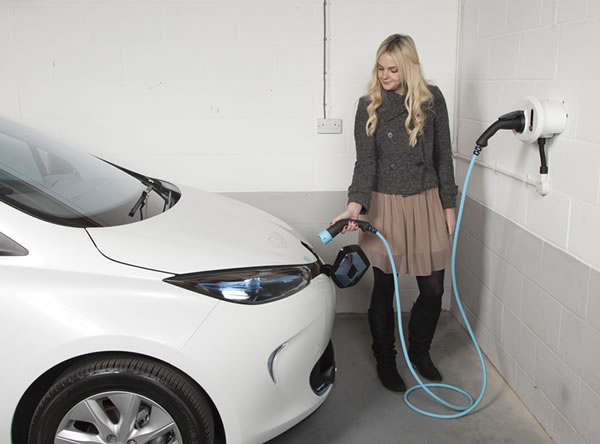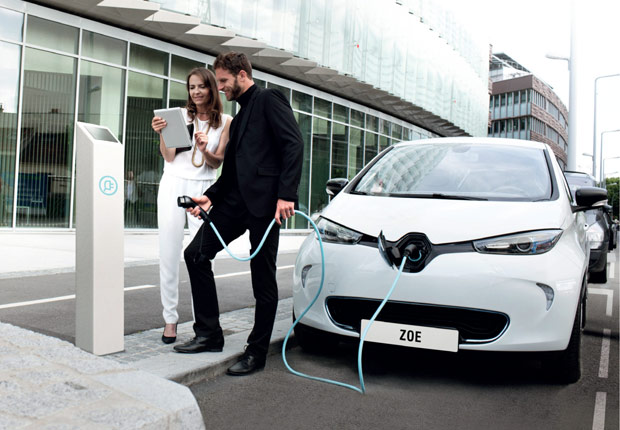 The government plans to create more electric vehicle charge points and is looking at an open data approach that would open up real-time information to developers, so they can build route mapping applications that list chargepoint availability.
The government plans to create more electric vehicle charge points and is looking at an open data approach that would open up real-time information to developers, so they can build route mapping applications that list chargepoint availability.
The move came as the Department for Transport pledged to double the funding for charge point creation on residential streets to £10 million, which could supply an additional 3,600 charge points across the country.
Future of Transport Minister George Freeman commented: “Supporting the smart use of open data for new apps to help passengers and drivers plan journeys, and to reduce congestion and pollution, is key. Comprehensive chargepoint data is crucial for mapping charging hotspots and notspots for consumers, to help to drive forward the electric vehicle revolution. We urge local councils to make use of the funding available.”
Is It Enough?
Currently there is over 17,000 publicly available chargepoint devices in the UK, these charge points can take eight hours to fully charge a vehicle, while of that number 2,400 are in the rapid charge category which can power a battery to 85 percent in 30 minutes.
As of May 2018, there was 150,000 registered EVs in the UK.
It is thought that this number will grow rapidly to one million in 2020. UK-based logistic research firm Emu Analytics, which makes the projection, estimates that an additional 83,500 charging points will need to be created to meet demand.
Even if this demand in terms of pure numbers is met the placement and type of charge point will have a significant impact on the quality of the service experience by users.
For instance; rapid chargers that can do the job in 30 minutes are ideal for placement in supermarkets, yet in 2018 only 3 percent of supermarkets had charge points on site.
To compound the issue the majority of the charge points rolled out by the government so far have been in the six to eight hour charging range and are not ideal for short stop locations. The distribution pattern of the charge points will also be key in order to meet future demand as they will need to be in convenient locations for users and be somewhat evenly placed.
Post time: May-28-2020

